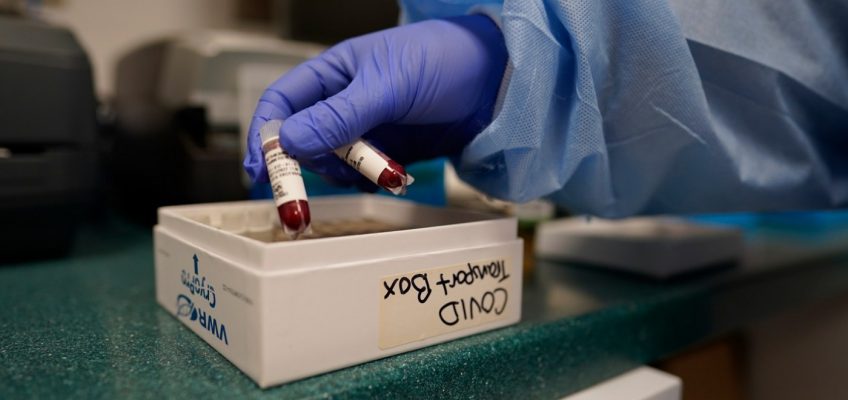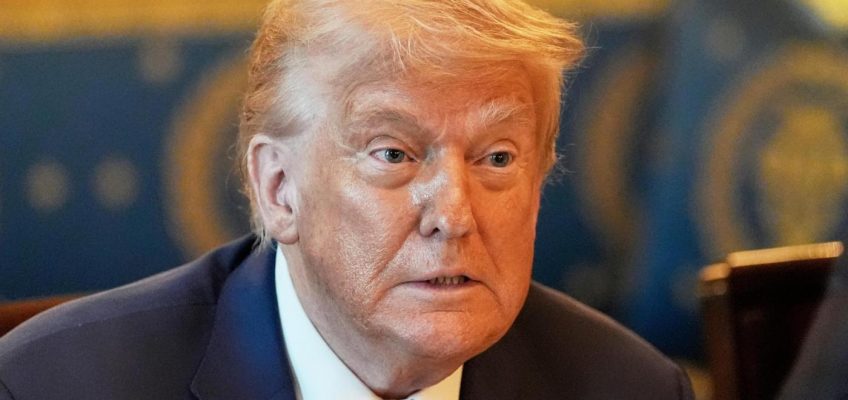Team USA world champion bobsledder Lolo Jones has been granted access to the U.S. Olympic and Paralympic Training Center in Lake Placid, New York, nearly five months after she was banned from the facility following a verbal confrontation with a member of the center’s sports medicine staff after she was denied approved medical treatment, the Southern California News Group has learned.
An attorney for the USOPC informed Jones, a two-time world champion in both track and field and bobsled, on July 3 that she would have access to housing, the weight room, sports medicine personnel and facilities and training table/nutrition for a USA Bobsled and Skeleton high performance camp at the OPTC starting July 24 should USABS request access for her, according to USOPC documents obtained by the SCNG.
The USOPC letter came a day before the deadline to apply for the high performance camp, eight weeks after Jones requested a mediation hearing with the USOPC, and seven months before she hopes to compete in a fourth Olympic Games in Milan-Cortina, according to interviews with five people familiar with the case and USOC and USABS documents obtained by the SCNG.
Jones’ suspension has continued even though USOPC officials acknowledged she was wrongly denied medical treatment late on the afternoon of Feb. 28, a decision that prompted the verbal confrontation. The USOPC did not interview eyewitnesses, according to Jones, a USABS official, and three other people familiar with the case.
RELATED: SPECIAL REPORT: Lolo Jones banned from Olympic Training Center
Other Olympians, Team USA members and a USA BS official describe the suspension of Jones, 42, as excessive, arbitrary, retaliatory and based on little if any investigation by USOPC officials. The case, Jones and her supporters maintain, also raises serious questions about the medical care America’s Olympic hopefuls are receiving at the OPTC in Lake Placid.
“This case is a glaring example of the need for a complete overhaul of the USOPC’s medical system,” said John Manly, Jones’ Orange County-based attorney.
The suspension and the decision not to lift it, Manly said “comes from the very top of the Olympic committee which is Sarah Hirschland,” the USOPC’s CEO.
The USOPC has not responded to multiple requests for comment.
Manly was especially critical of USOPC board member Dr. Vivek H. Murthy, the former U.S. surgeon general.
“The USOPC has made a big deal about how ‘we care for athletes’ after Nassar,” Manly said. “In reality nothing has changed. (Murthy) has taken no active role in understanding why the (USOPC) medical system is so bad. Anybody that truly cared about the (USOPC’s) mission, which was enacted by Congress and is to take care of athletes, no competent person would think this is OK.”
Murthy’s office referred questions to the USOPC.
Under the USOPC suspension, Jones has been denied access to training facilities such as the center’s weight room, sports medicine clinic and personnel, and housing and nutritional resources at a critical training period, according to USOPC documents obtained by the SCNG and interviews with Jones and four other people familiar with the case. The suspension has created competitive, financial and emotional obstacles, Jones said, that jeopardize her bid to compete in what would be her second Winter Olympics and fourth overall. The former LSU track and field star competed in the 100-meter hurdles at the 2008 and 2012 Summer Olympics.
Jones has spent approximately $100,000 on medical and training expenses because of the suspension, Manly said. Jones has been training at LSU, where she was an NCAA hurdles champion, since the ban.
The two-time World champion in bobsled, suffering severe pain and incontinence from a training-related back injury, was initially banned from the OPTC sports medicine area March 1, a day after she called John Faltus, a top official at the USOPC Medical Clinic at the training center, “a horrible f—— human being,” during a verbal exchange after a previously scheduled treatment was canceled without explanation just days before the World Championships in Lake Placid, according to OPTC emails and interviews. Jones confirmed in an interview with SCNG that she swore at Faltus.
Faltus also alleges that Jones made an obscene gesture toward him, an allegation Jones denies.
“This behavior is a direct violation of the OPTC Code of Conduct,” Julie Marra, director of the USOPC Training Center in Lake Placid, wrote in a March 1 email to Jones. “This conduct is unacceptable, and I want to make it clear that such behavior cannot be tolerated.”
But Marra did not cite a specific violation of the code in the email or subsequently, according to documents and five people familiar with the case. The closest the code comes to directly addressing swearing or verbal altercations is one brief passage: “Unacceptable behavior will not be tolerated, including but not limited to, the following: Any act of violation of offenses, as listed in the USOPC Background Check Policy or adjudicated of federal, state, or local laws.”
The OPTC code, a USABS official acknowledged, “is arbitrary.”
“To this day,” Jones wrote in an email to SCNG, “no one has told me: Who found me in violation, what exact rule or code I broke, or what part of the Code of Conduct was allegedly violated.”
Marra and Faltus have not responded to multiple requests for comment.
“If we banned every Olympic athlete that dropped an F-bomb we’d be in big trouble,” Manly said.
Ben Towne, the OPTC trainer, set up an appointment with the sports medicine clinic for Jones to receive a massage, the first step in treating and diagnosing the back injury, according OPTC protocol. But Jones was informed after arriving at the clinic Feb. 28 that her appointment had been canceled without explanation.
Towne will be Jones’ point of contact with the OPTC sports medicine clinic beginning July 24.
Although Jones was told Faltus canceled the treatment because she was only entitled to one massage per week and she had already had a massage that week, she said: “I have never received a written explanation for why I was denied medical treatment? This is especially alarming given that I was recovering from an injury I sustained while representing Team USA. The USOPC claims to support athlete health, but in this case, they failed to uphold that duty of care.”
“One massage a week for 50 minutes for one of our top Olympians,” Manly said. “If you get hurt in prison, you get an MRI. The medical system in the federal prison system is literally better than the USOPC’s. What are we doing?
“Prisoners get better treatment than Olympians?”
Jones paid to have an MRI done after the World Championships, which revealed a herniated disc with a disc bulge, and tears in her L3, L4 and L5 vertebrae with spinal fluid leaking out.
Napheesa Collier on an impressive streak of free-throw perfection
After adjustment-filled rookie year, Wolves’ Dillingham ready for his shot
Minnesota United FC’s friendly ends in draw on eve of U.S. Open Cup quarter
This Summer League, Timberwolves will see just how much Terrence Shannon Jr. can handle
Twins’ Byron Buxton enters Home Run Derby field: “Once in a lifetime thing”




